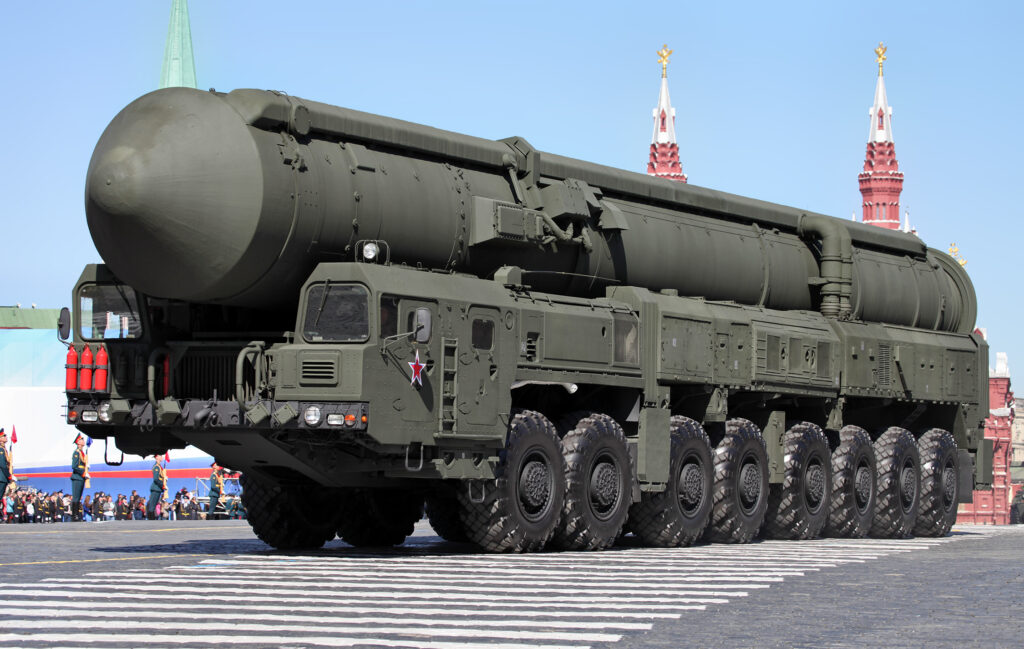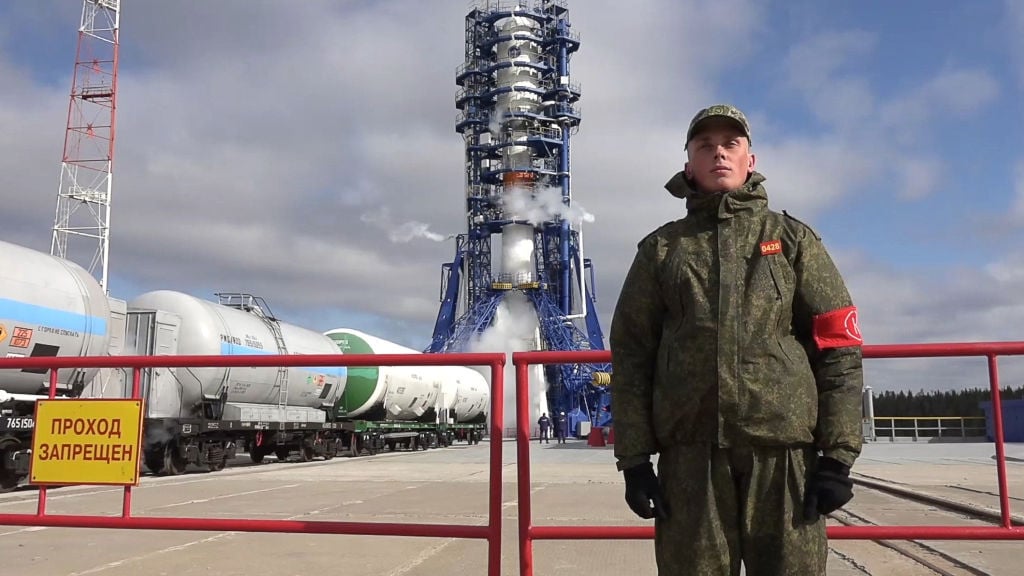Over the past three months, US officials have raised alarms about a potential new threat from Russia: a satellite carrying a nuclear device. As a Department of Defense spokesperson said last week, “The United States assesses that Russia is developing a new satellite carrying a nuclear device.”
Threat to satellites, not people
While the device is not intended to target people on the ground, it poses a significant risk to satellites in orbit. A nuclear detonation in space would be “catastrophic” and could endanger the thousands of satellites that provide crucial services such as communications, weather forecasting, and national security. It would also signify a dangerous step towards the militarization of space and a new era of nuclear brinkmanship.

Uncertainty surrounding the weapon
Details about the device remain unclear, including how close it is to being deployed and Russia’s exact plans for it. However, US intelligence has gained credibility in predicting Russian military actions, notably before the 2022 invasion of Ukraine. Each new piece of information about the weapon seems to raise as many questions as it answers.
Initial disclosure and international response
The issue first surfaced publicly on February 14 when Rep. Mike Turner (R-OH) posted a cryptic tweet about a “serious national security threat” and called on President Biden to declassify information. Media reports suggested this referred to a space-based nuclear weapon, which could violate the 1967 Outer Space Treaty prohibiting nuclear weapons in space. National Security Council spokesperson John Kirby later confirmed that the threat was related to an anti-satellite capability Russia is developing.
Russian President Vladimir Putin denied the reports on February 20, asserting that Russia opposes deploying nuclear weapons in space. In response, the US and Japan drafted a UN resolution reaffirming the Outer Space Treaty and urging states not to develop such weapons. Russia vetoed the resolution on April 25, with China abstaining.
Expert testimonies and detailed statements
Assistant Defense Secretary for Space Policy John Plumb testified on May 1 before the House Intelligence Committee, warning that a nuclear detonation in low-Earth orbit could render it unusable for months or even up to a year. Assistant Secretary of State for Arms Control Mallory Stewart, speaking at the Center for Strategic and International Studies (CSIS) on May 3, clarified that the weapon is not yet active. She referenced a specific satellite, Cosmos-2553, believed to be part of the development of this weapon.

Historical context and potential impact
The effects of a nuclear blast in space are best understood through historical tests, such as the US’s Starfish Prime in 1962, which created an artificial radiation belt in low-Earth orbit. This test led to the loss of several satellites, including Telstar, the first telecommunications satellite. Today, low-Earth orbit is much more crowded, with over 6,700 American satellites, 780 Chinese satellites, and 149 Russian satellites. A nuclear detonation could have severe consequences for these assets, including the International Space Station.
Diplomatic efforts and future concerns
The US response has so far focused on diplomatic efforts, including direct engagement with Russia and international advocacy. The Pentagon has emphasized the need for transparency and adherence to space treaties. However, the exact motivations behind Russia’s potential deployment of such a weapon remain unclear. Experts speculate it could be intended for surprise attacks or as a political threat.
As global reliance on satellites grows, the development of space-based nuclear weapons represents a significant escalation in military tactics. The potential deployment of such a weapon by Russia could usher in a new and perilous era of space militarization, with profound implications for international security and stability.







